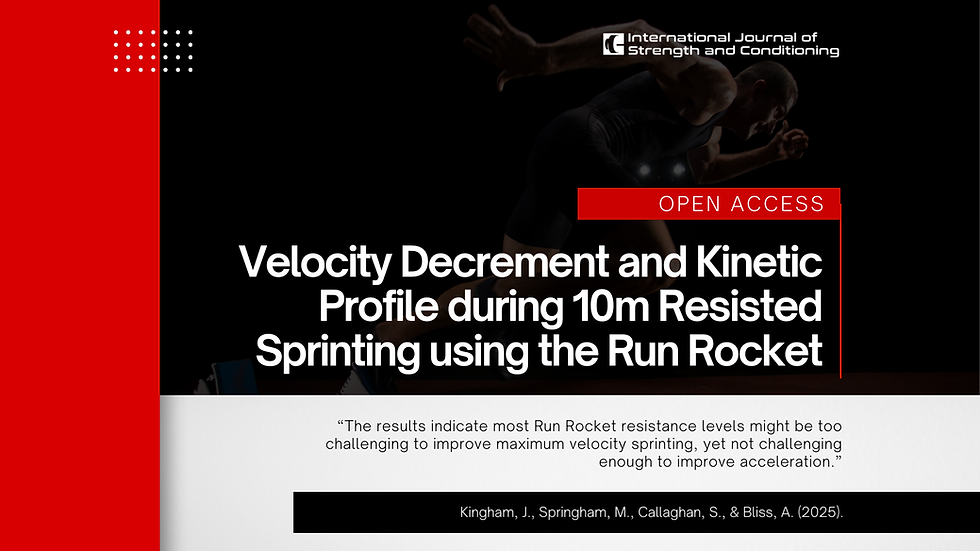Training for Hypertrophy: Position Stand of the IUSCA (Schoenfeld et al.)
- Aug 17, 2021
- 2 min read
The IUSCA is delighted to announce the publication of a ground-breaking position stand on training for hypertrophy, authored by Brad Schoenfeld, James Fisher, Jozo Grgic, Cody Haun, Eric Helms, Stuart Phillips, James Steele, and Andrew Vigotsky.
This position stand is the first of it's kind on the subject of hypertrophy, and the world-leading authors undertake an outstanding review of the current literature and evidence, culminating in their consensus recommendations.
The IUSCA is proud to present this position stand as an open-access article, which has now been published in the International Journal of Strength and Conditioning (IJSC).
Abstract
Hypertrophy can be operationally defined as an increase in the axial cross-sectional area of a muscle fiber or whole muscle, and is due to increases in the size of pre-existing muscle fibers. Hypertrophy is a desired outcome in many sports. For some athletes, muscular bulk and, conceivably, the accompanying increase in strength/power, are desirable attributes for optimal performance. Moreover, bodybuilders and other physique athletes are judged in part on their muscular size, with placings predicated on the overall magnitude of lean mass. In some cases, even relatively small improvements in hypertrophy might be the difference between winning and losing in competition for these athletes. This position stand of leading experts in the field synthesizes the current body of research to provide guidelines for maximizing skeletal muscle hypertrophy in an athletic population. The recommendations represent a consensus of a consortium of experts in the field, based on the best available current evidence. Specific sections of the paper are devoted to elucidating the constructs of hypertrophy, reconciliation of acute vs long-term evidence, and the relationship between strength and hypertrophy to provide context to our recommendations.
Click the link below to read the full article:





